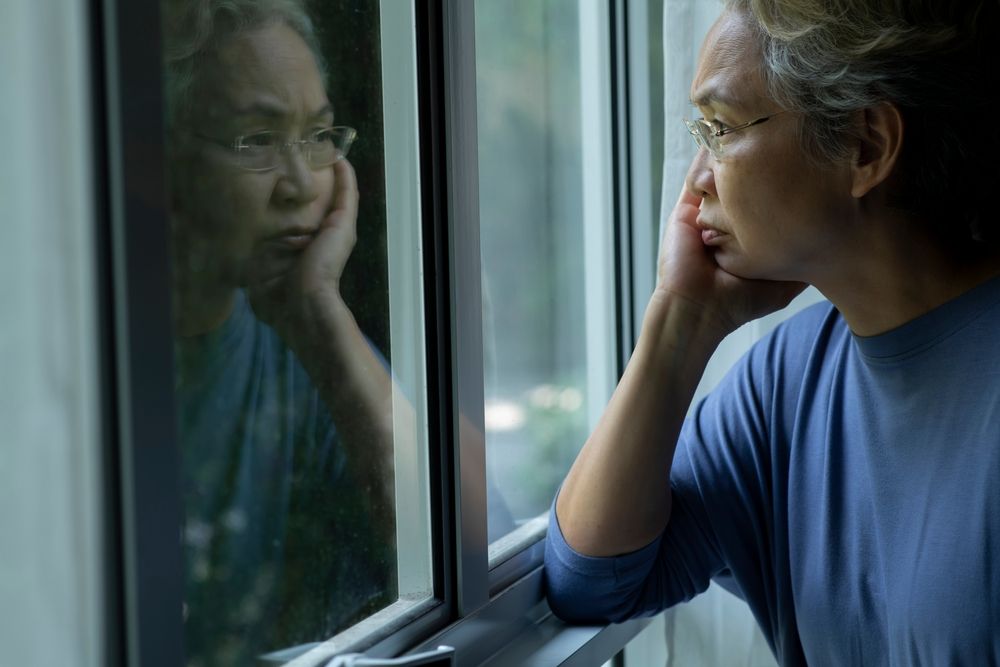All posts
Signs of coercive control of older people
Coercive control is a form of abuse in which the abuser exerts power and control over the victim. Older people are especially vulnerable to coercive control as a form of elder abuse. In this blog post, we detail signs and examples of coercive control of seniors. “Coercive control is at the core of domestic and […]


Coercive control is a form of abuse in which the abuser exerts power and control over the victim.
Older people are especially vulnerable to coercive control as a form of elder abuse.
In this blog post, we detail signs and examples of coercive control of seniors.
“Coercive control is at the core of domestic and family violence. It is a pattern of deliberate behaviours perpetrated against a person to create a climate of fear, isolation, intimidation, and humiliation.”
-Queensland Former Premier Annastacia Palaszczuk
“Coercive control might be subtle but it is insidious and it does cost lives.”
-Queensland Premier Steven Miles
1. Gaslighting
Gaslighting is when the abuser makes the victim question reality or their own sanity. Gaslighting might make you feel confused or paranoid.
Examples of gaslighting against older people may include:
- “Your memory is starting to go”
- “You’re going mad in your old age”
- “That never happened, you’re crazy.”
2. Manipulation
Manipulation is when the abuser makes their victim feel as if their only choice is to do whatever the abuser wants them to do.
Being manipulated may feel like:
- You owe something to the abuser
- You cannot live without the abuser
- Guilt for doing or not doing something
- Your insecurities are being used against you
- Everyone except for the abuser is against you
- You have no other options besides what the abuser wants you to do
- Fear of what will happen if you do not do what the abuser wants you to do.
3. Socially isolating you
Australian seniors experience higher rates of social isolation than any other age group. Evidence suggests that social isolation is a main risk factor for elder abuse.
You may notice an abuser is cutting you off from your friends and family. This controlling behaviour aims to isolate you, remove the possibility of outside influences, and make you dependent on the abuser.
4. Taking control of your finances
About 62% of elder abuse victims report experiencing financial abuse.
Coercively taking control of your finances may look like:
- Spending your money without permission
- Misusing an Enduring Power Of Attorney
- Making important financial decisions without you
- Telling you that you are too old to manage your own finances.
5. Limiting access to grandchildren
Grandparent alienation is a type of elder abuse where the adult child limits access to or estranges you from your grandchildren as a form of control and manipulation.
Grandparent alienation may look like withholding contact with your grandchildren unless you contribute money or childminding.
6. Threatening your partner or your pets
When threats against you do not work as the abuser desires, they may resort to making threats about your vulnerable loved ones, such as your partner or your pets.
7. Bullying, name-calling, and severe criticism
Abuse does not always have to be physical. Verbal abuse is abuse.
An abuser may use verbal abuse to scare their victim and break down their confidence, making them more vulnerable to control and abuse.
8. Coercing you to take on roles or responsibilities
Coercing you to perform roles or responsibilities may be financial abuse, the most common type of abuse against older people. It may include forcing you to provide free babysitting or childminding, or to work in a family business without pay.
9. Controlling or withholding access to necessities or services
The abuser may attempt to coerce you by controlling your access to things or services that you need, such as healthcare.
Examples may include:
- Over- or under-medicating you
- Not letting you get medical care that you need
- Blocking you from getting help from anyone else
- Talking over you or for you at medical appointments
- Not taking you to appointments, though you rely on them
- Only picking up your groceries if you meet their unreasonable demands
- Withholding medication or medical devices unless you behave as they wish.
As of March 2024, Queensland has officially criminalised coercive control through the Crimes Legislation Amendment (Coercive Control) Bill 2022. In Queensland, the offence includes abuse committed in partnerships, wider family relationships, and informal care relationships.
If you or an older person you know may be a victim of coercive control, our experienced counsellors are here to help. We can help you explore your concerns and possible solutions in a safe and supportive environment.
You can learn more about our Elder Abuse Prevention and Support Service (EAPSS) here, or call 1300 063 232.
You can learn more about our Elder Mediation Support Service here, or call 1300 063 232.
Want to receive updates on our Senior Relationship Services blog posts?
Back to all posts